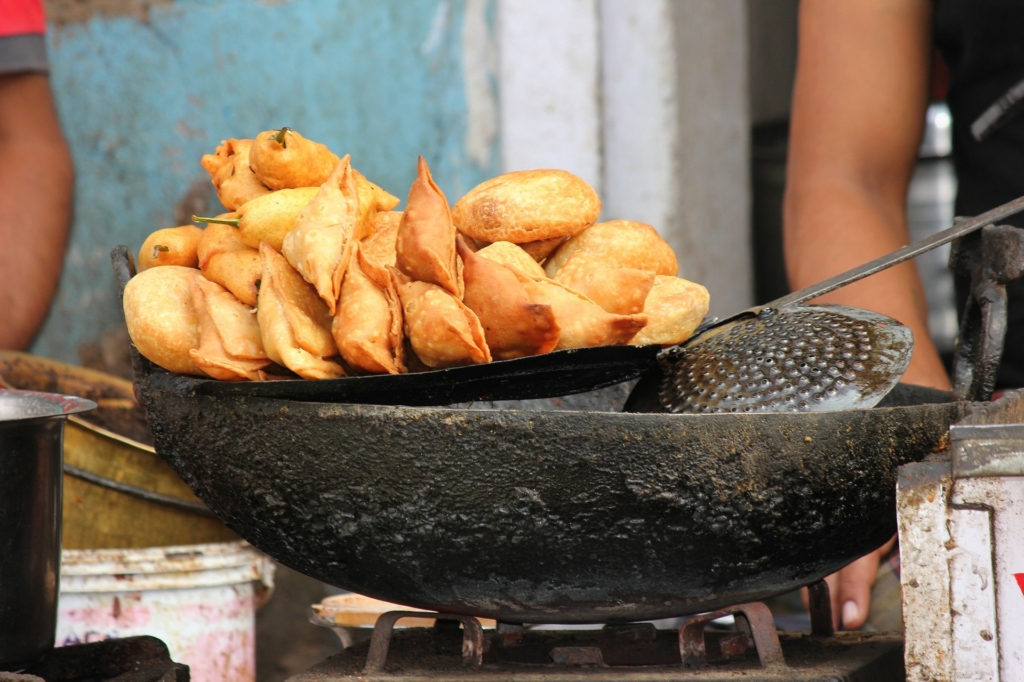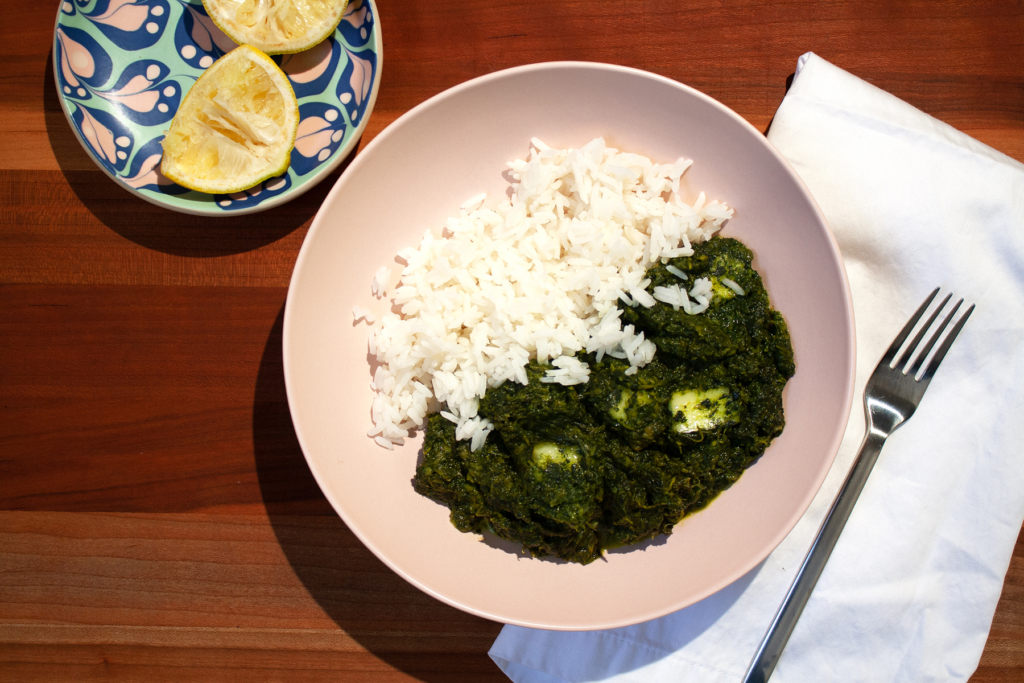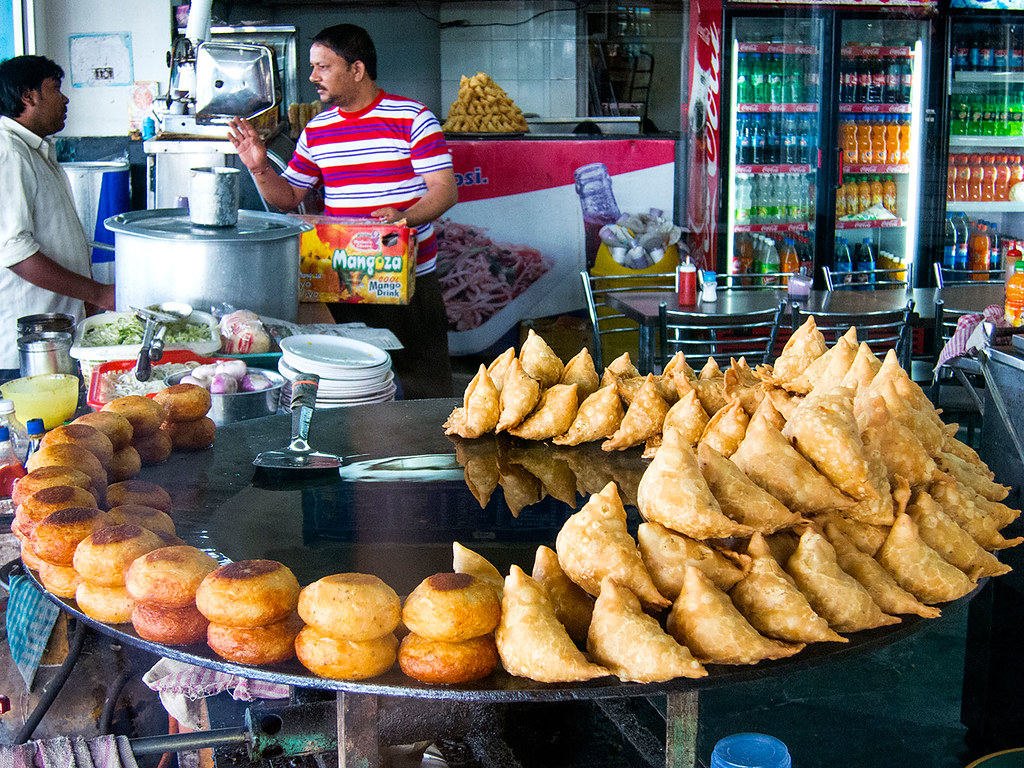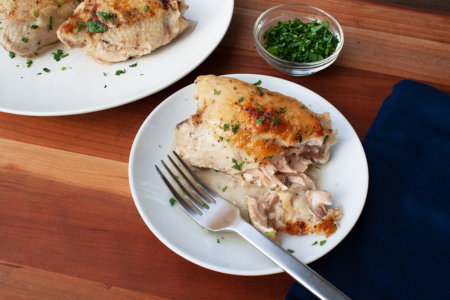Samosas are a delicacy so fine you can eat them in any climate or any condition. Filled with a variety of fillings from meat to vegetables with endless spices, seasonings, and sauces, samosas are a great way to capture a lot of flavor in a small package.
History of Samosas
Samosa is a South Asian delicacy. It was first seen in the early 10th century. After the Turkish dynasty’s invasion of Central Asia in the 10th Century, samosas started to appear across the Indian Subcontinent.
As noted by the great poet Amir Khusro, samosas were a common delicacy during the 13th century when kings and princes indulged by feasting on samosas which were filled with onion, meat, and ghee. Given their unique shape, samosas were originally given the name “Samsa”, after the pyramids in Central Asia.

Flavor of Samosas
Samosas have different flavors according to their respective fillings. The outer crust of the samosa, though, remains the same: crusty, crunchy, and irresistibly delicious. That first bite of a samosa as you crunch through the outer surface has its own succulent taste.
Samosa fillings can either be vegetarian and consist of ingredients such as lentils, coriander, potatoes, and peas, while non-vegetarian samosas can have fillings of either meat or chicken along with the traditional vegetarian ingredients.
Culinary Benefits of Samosas
Samosas are usually paired with sweet and tangy chutney to offset the spiced fillings. Tamarind chutney is a classic samosa pairing that has a tangy flavor perfect for any type of samosa. The crunchy exterior and soft interior of the samosa go really well with tamarind chutney.
Vegetarian samosas are not only limited to lentils, potatoes, and peas; there are lots of options for vegetarian samosas. You can enjoy cheese samosas (filled with paneer) or samosas solely filled with lentils. If you’re looking for an all-paneer dinner, then just pair your paneer samosas with either Palak Paneer or a Saag Paneer.

Non-vegetarian samosas are the real deal. As good as vegetarian samosas are, there is no match for meat-filled samosas. Non-vegetarian samosas are typically filled with minced meat, onion, and simple salt and pepper seasoning. Typically, chicken and beef are the most common meat filling for samosas.
Types of Samosas
As you move into different regions around the world, you will find different varieties of samosas. The fillings might not be much different, but the outer crust and the shape of the pastry will be very different.
In India alone, there are a wide variety of samosas. Northern Indian samosas have a puffy pastry, whereas samosas from central and south India have a flatter pastry. Samosas from Bangladesh are boat-shaped, with meat fillings; Pakistan has the same version as well.

Arab countries have a savory half-moon shaped pastry filled with meat commonly known as sambousek; sambousek are often eaten during Ramadan. Many other countries have their version of samosa from Portugal to Angola to Burma.
Storage
Uncooked samosas can be kept in the freezer and stored for up to 2 months. Once cooked, however, samosas need to be consumed the same day or the next day at the latest. As they are a deep fried food, samosas lose their crispy, crunchy texture quickly.
Feature Image: Flickr user penguincakes ( CC BY-NC-SA 2.0 )



